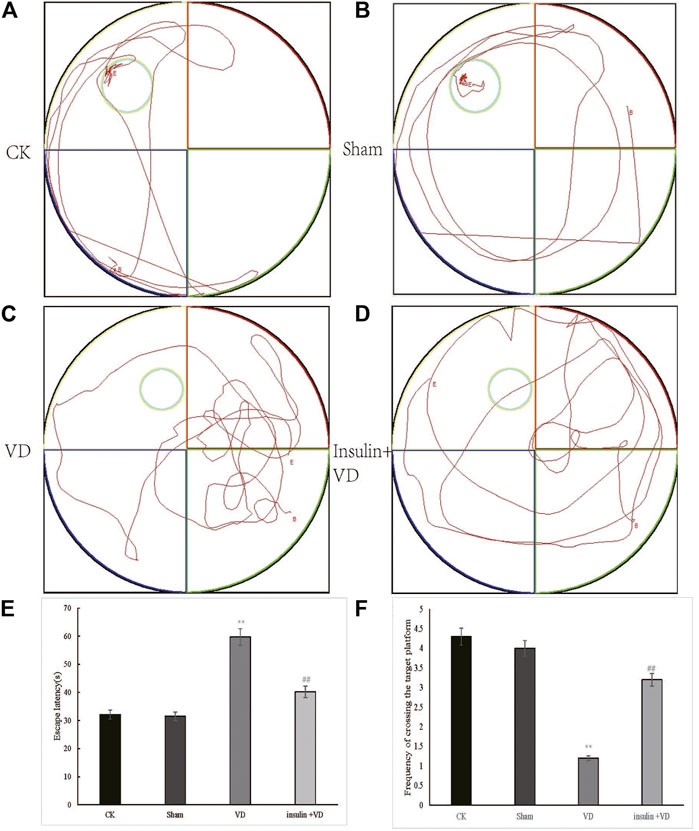
Scientists have discovered that a commonly prescribed diabetes medication, in combination with nasal insulin, effectively enhanced brain health in individuals with early Alzheimer’s disease, indicating a potential change in how doctors may address the condition beyond recently authorized drugs targeting amyloid plaques.
The four-week study conducted by Wake Forest University School of Medicine examined empagliflozin, marketed as Jardiance, in 47 older adults experiencing mild cognitive impairment or early Alzheimer’s. None of the participants had diabetes. Researchers aimed to determine if focusing on the brain’s metabolic issues, rather than solely addressing protein accumulation, could aid in preserving memory and cognitive abilities.
Both drugs were safe and well-accepted, with side effects no worse than those of a placebo. The nasal insulin device received high ratings from users, who gave it a score of 4.6 out of 5 for simplicity of use, and participants adhered to the treatment regimen more than 97% of the time.
“Our research indicates that addressing metabolism can alter the progression of Alzheimer’s disease. For the first time, we discovered that empagliflozin, an established diabetes and heart medication, lowered indicators of brain damage while enhancing blood flow in vital brain areas.”
The findings highlighted distinct advantages for each medication. Intranasal insulin enhanced performance on precise cognitive assessments aimed at detecting early memory alterations. Brain imaging revealed that the treatment fortified white matter connections and modified blood flow patterns in memory-essential areas. It also reduced a marker indicative of dysfunction in astrocytes, the support cells that maintain healthy links between blood vessels and brain cells.
Two Medications, Distinct Targets
Empagliflozin functioned through separate mechanisms. The medication markedly decreased cerebrospinal fluid tau, a protein that creates toxic tangles in the brains of Alzheimer’s patients. It also lowered neurogranin, a marker associated with disease advancement, and altered blood flow in crucial brain regions. Most intriguingly: empagliflozin raised HDL cholesterol, demonstrating its metabolic effects in individuals without diabetes.
Both medications influenced numerous immune and inflammatory proteins within the brain and bloodstream. The observed changes imply that the drugs assist in activating protective immune responses while mitigating harmful inflammation. Intranasal insulin specifically impacted proteins related to the nasal-olfactory plexus, a newly identified pathway linking the brain’s waste-removal system to immune systems throughout the body.
The medications address overlapping issues from varying directions. Empagliflozin, initially developed for diabetes, enhances the body’s ability to process glucose and sodium, resulting in improved insulin sensitivity and vascular health. The drug also diminishes oxidative stress and inflammation while enhancing mitochondrial energy production in cells.
Addressing Underlying Issues
Intranasal insulin employs a precision delivery device to administer insulin directly to the brain via the nasal route, bypassing the bloodstream. Once inside, insulin activates receptors that help maintain synapses’ health, support blood vessel functionality, uphold white matter integrity, and regulate immune responses. The trial used higher insulin doses than previous studies, administering 160 units daily compared to 40 to 80 units, through a cartridge pump system that ensures exact, reliable delivery to brain regions involved in memory and cognition.
Individuals with Alzheimer’s frequently exhibit insulin resistance in the brain alongside vascular issues that impair blood flow and nutrient distribution. These metabolic disruptions accelerate the buildup of amyloid plaques and tau tangles while hindering the brain’s ability to eliminate these toxic proteins. Both medications analyzed in this trial target these underlying issues.
“We intend to expand on these encouraging findings with larger, longer trials involving individuals with early and preclinical Alzheimer’s disease. Since empagliflozin or intranasal insulin improved tau tangles, cognitive abilities, neurovascular health, and immune function, we believe these treatments could hold genuine therapeutic promise, whether used alone or in conjunction with other Alzheimer’s therapies.”
The complementary effects of the two medications could render them valuable additions to combination therapy strategies. Given that both drugs are already FDA-approved for other conditions with well-established safety profiles, they may be available to patients more quickly than entirely new medications. This is significant for families confronting a disease where recently approved anti-amyloid drugs provide limited benefits while presenting side effects and medical contraindications that exclude many patients.
The study enrolled participants with an average age of 70. Treatment-related side effects were mild and comparable across all groups. The most frequently reported were nasal irritation and vaginal yeast infections, with no disparities in rates between treatment groups and placebo.
This marks the first instance of empagliflozin being tested in non-diabetic individuals with Alzheimer’s disease. The Alzheimer’s Association funded the study through its Part the Cloud initiative, which has raised nearly 90 million dollars to finance 72 clinical trials aimed at various aspects of the disease. The program operates under the growing agreement that effective treatment will likely necessitate personalized combinations of multiple interventions.
[Alzheimer’s & Dementia: 10.1002/alz.70704](https://doi.org/10.1002/alz.70704)
There’s no paywall here
If our reporting has informed or inspired you, please consider making a donation. Every contribution,